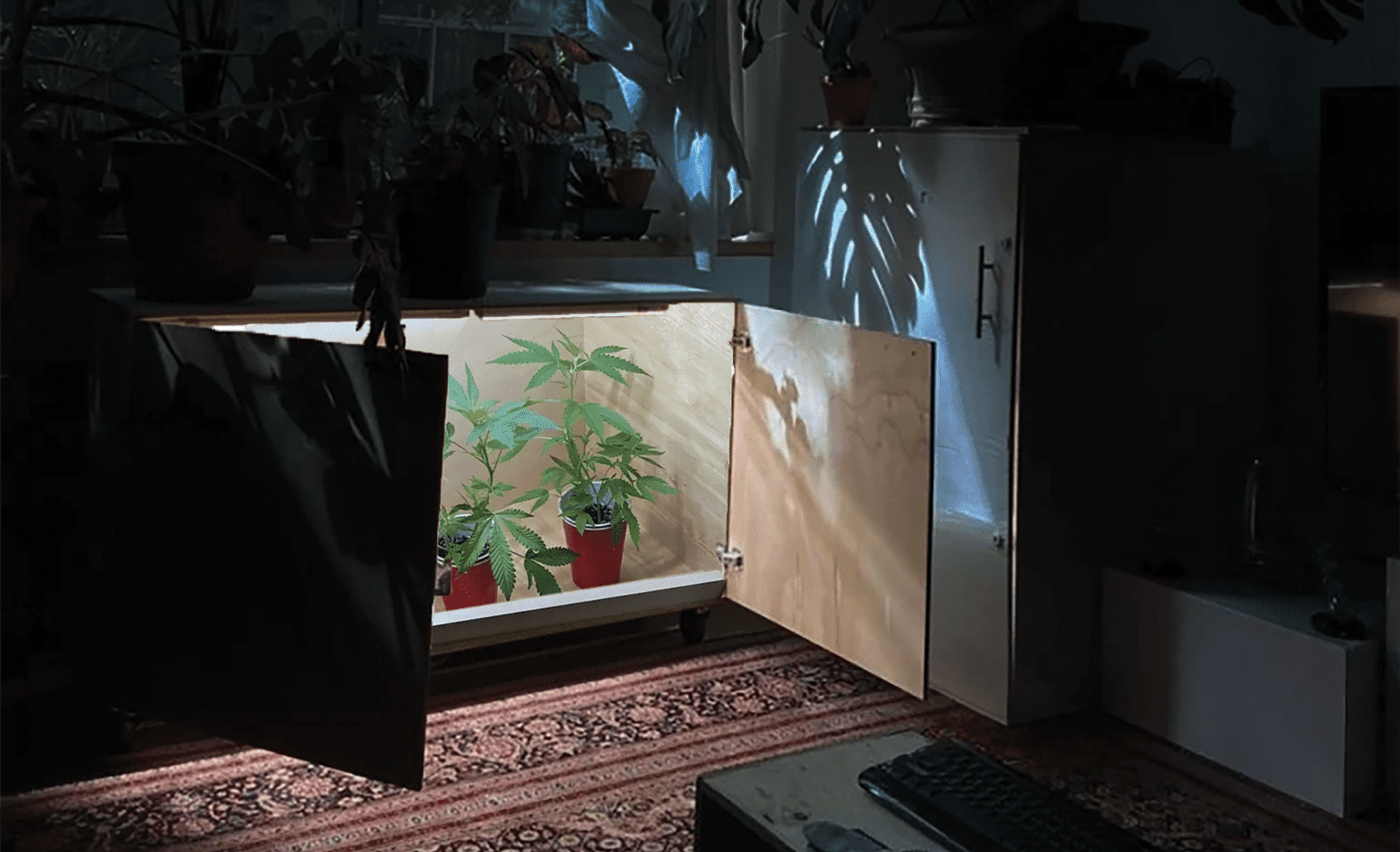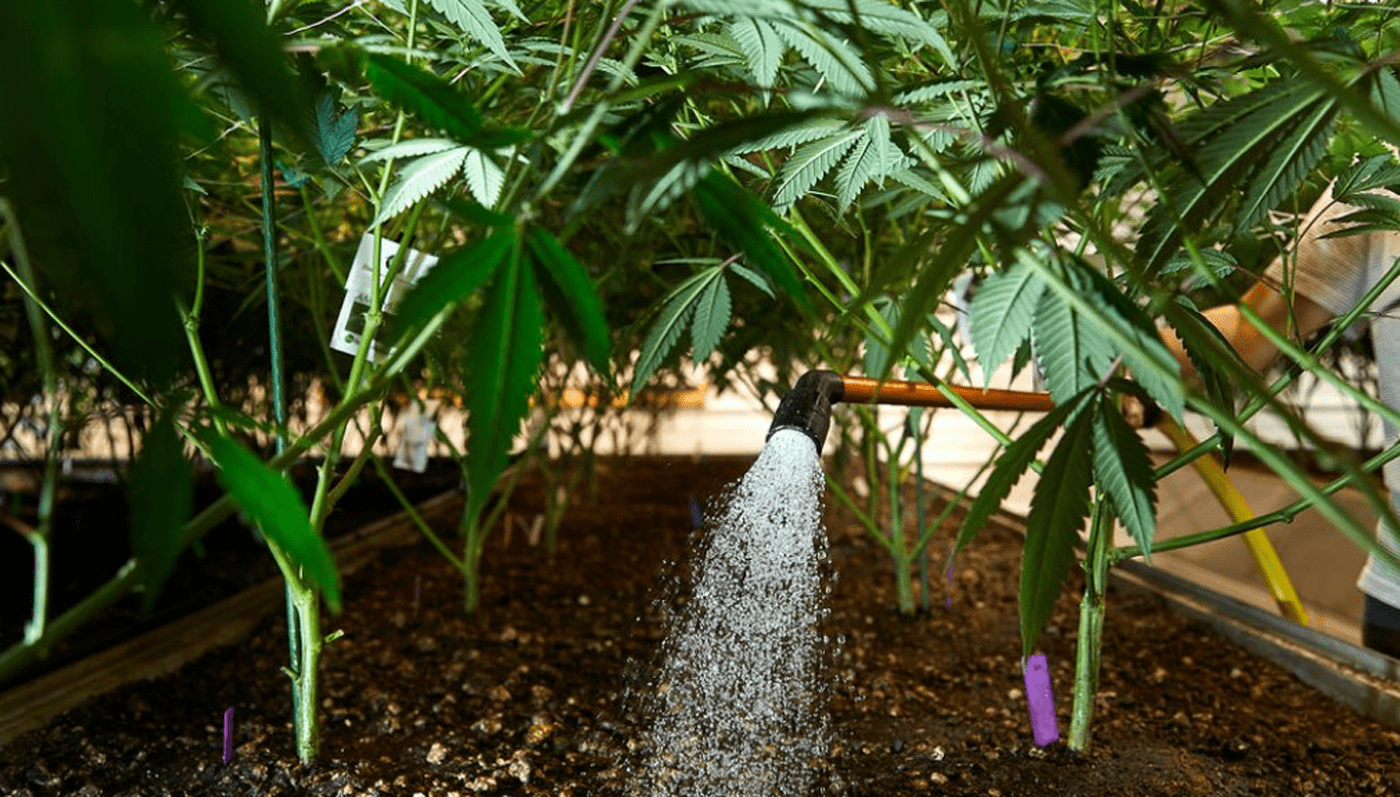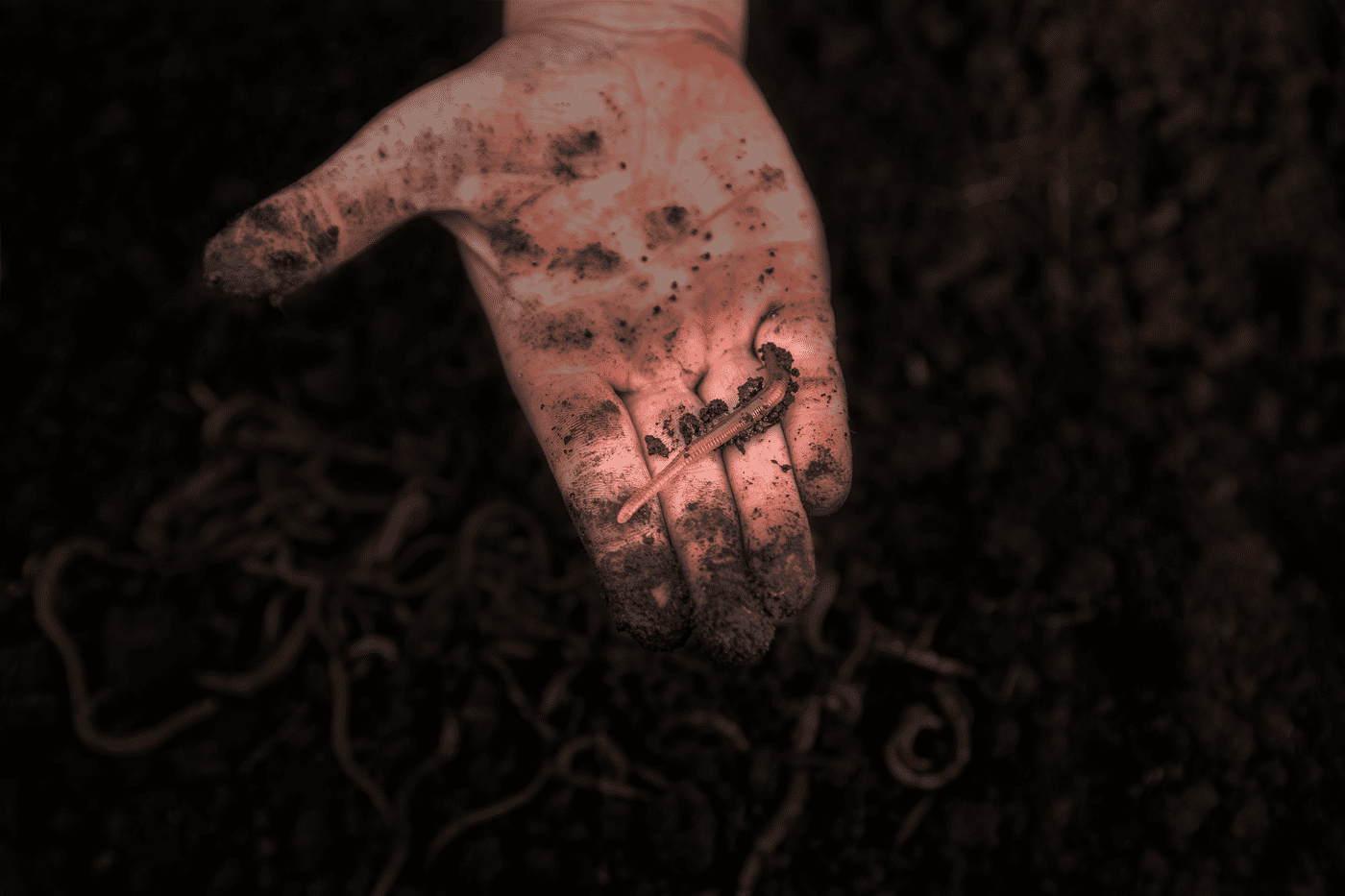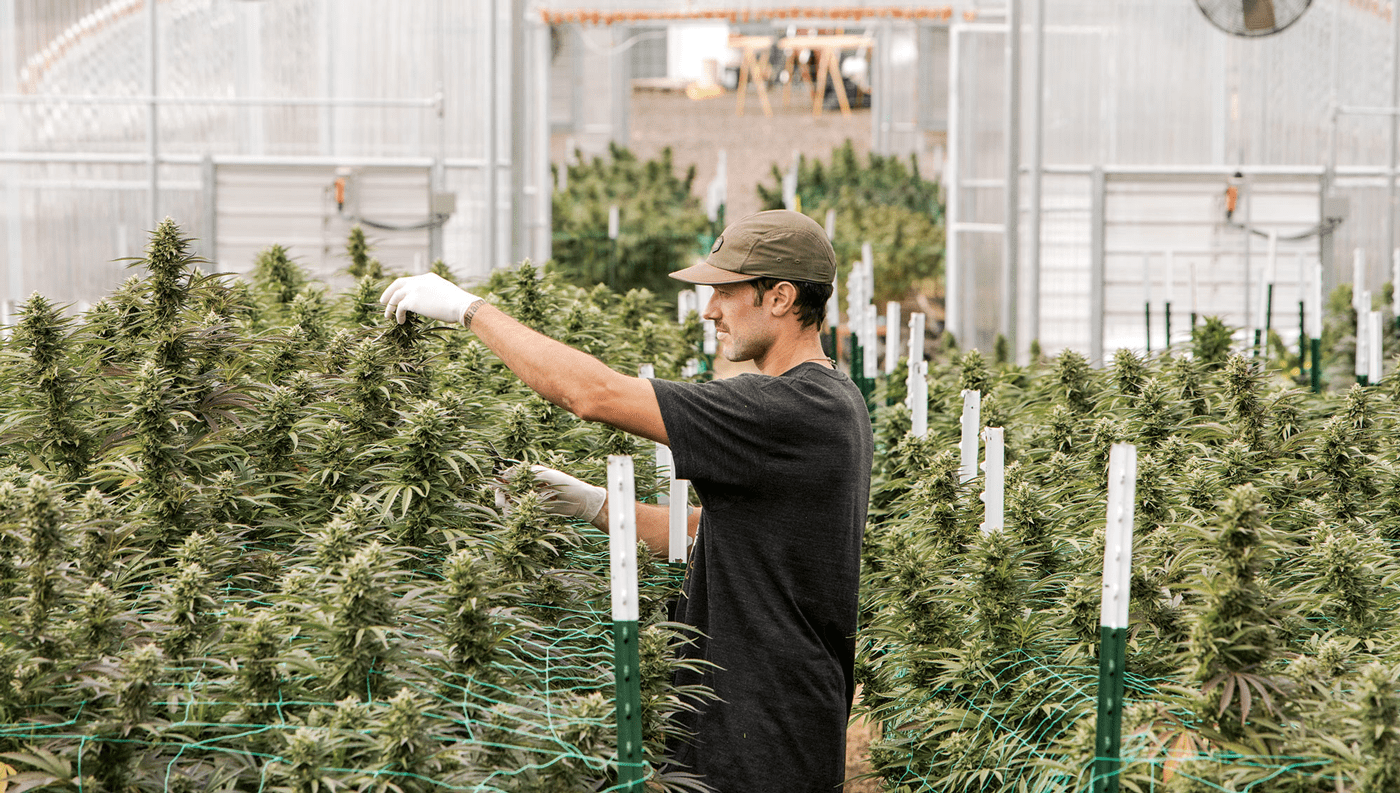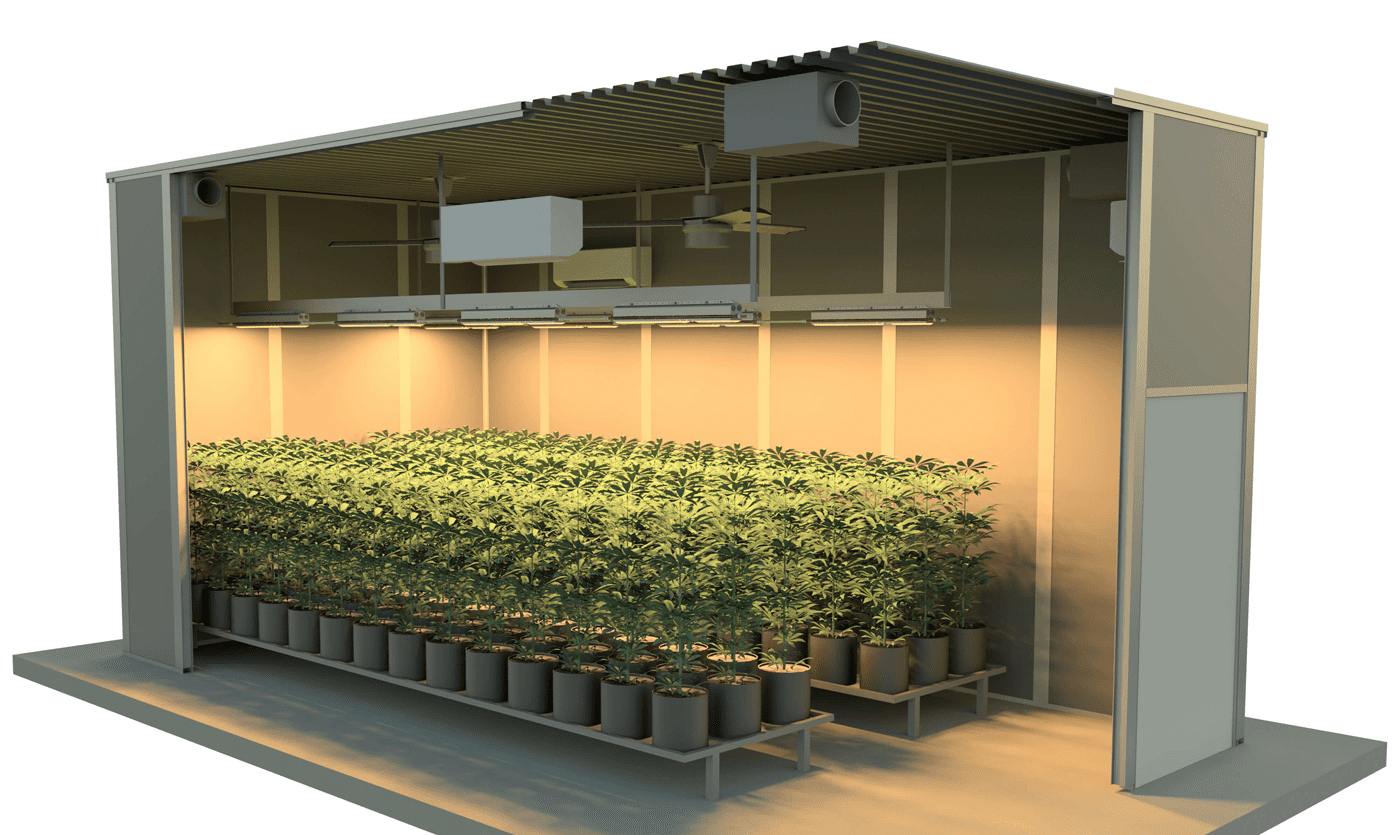If any one thing defines the cannabis industry of today, it’s change. On the surface, it might be obvious how things like legalization, technology, and business have evolved over the past decade. Yet, there hasn’t been much discussion on ways cultivation knowledge is shared amidst these ever-changing tides of cannabis farming.
In the days of old, growers were forced to operate underground for fear of prosecution. As such, how newbies learned to grow in the old-school days looked much different than what we see today in the world of growing cannabis. Similarly, some old-school cannabis cultivation techniques have stood the test of time, while others are outdated and retired. With all these changes taking place in cannabis cultivation, it’s also important to note how such evolutions have impacted the quality of cannabis being produced today.
To get a better feel of how old-school methods impact the new-school era of cannabis cultivation, I reached out to a couple of experienced cultivators to get their opinions. Adam Jacques is an accomplished grower, geneticist, and cannabis thought leader in the Pacific Northwest. Jack Love is a highly experienced Colorado cultivator and consultant with a background in both craft and commercial production of cannabis.
Jacques and Love lent invaluable insight into ways the cultivation landscape has changed while also remaining the same in such a dynamic era of cannabis farming.
Evolutions of the Mentor & Mentee Relationship in Growing Cannabis
While growers of today, particularly in the realm of cannabis farming, have a storehouse of knowledge at their fingertips via websites, online forums, and even college curricula, this was not the case in the early days of clandestine cannabis cultivation. Back then, cultivators relied on grow books, hands-on experience, or the guidance of a mentor to perfect their cannabis cultivation techniques. As the industry evolved with legalization, so did the dynamics of how information is exchanged among cultivators of cannabis.
Looking back to the black market era, the cannabis industry was even more splintered and bifurcated than what we see today in the field of growing cannabis. In certain grower circles, the ever-present need for secrecy hindered the open sharing of cannabis cultivation techniques. As Jacque explains, “It used to be the rule that you never told anybody what you were doing. Since people weren’t inviting each other to their gardens, there weren’t opportunities for mentor relationships in cannabis farming.
Interestingly, the way in which information was shared back in the day seems to differ between different circles of growers. In fact, Love had an entirely dissimilar experience from Jacque concerning mentorship: “I think having some sort of mentor back in the day was almost paramount,” he says. “I would definitely attribute a lot of my early success in cannabis cultivation to guys a little bit older than me.” For Love, mentorships meant more than just learning how to grow — there was also a good deal of guidance about how you could stay out of trouble while doing it.”
Learning the Ropes Today
Both Jacques and Love note the transformation in how information about growing cannabis is shared in today’s more open and legal cannabis farming environment compared to the clandestine era. Love highlights the increased flow of information with cannabis becoming more accepted, evidenced by the plethora of online forums and websites dedicated to cannabis cultivation techniques.
Jacques mentions a shift in learning for young growers who, thanks to the legalization of cannabis cultivation, now acquire skills in commercial gardens. This change promotes a hands-on apprenticeship approach, allowing for practical learning in cannabis farming.
The Test of Time
Despite the evolution from secret operations to commercial cannabis cultivation, the core principles of growing cannabis remain unchanged. Fundamental practices like organic soil growing and understanding basic nutrient requirements are staples across all forms of cannabis farming, bridging various cultivation philosophies.
Growing in Living Soil
Growing in living soil is one of the only cannabis cultivation techniques that has truly stood the test of time. Not only is this how Mother Nature does it, but farmers, gardeners, and growers have utilized living soil to produce crops for millennia.
“Back in the day, you just used what you had,” Jacques explains. “Growers did what they could to create a soil web that worked.” He continues, “A lot of the old growers made big compost piles much like homesteaders would use to grow vegetables. Since cannabis was illegal, they would leave as little of a footprint as possible. If you went into a grow store back in the day and even mentioned the word cannabis they would kick you out. So you had to get creative with getting inputs.”
The use of living soil waned for a few years with the rise of bottled nutrients, but it has recently made a major comeback. While home growers have long embraced organic soil cultivation, it has also made its way to the commercial stage. Today, living soil cultivation is spreading in popularity due to people like Adam Jacques and companies like the No Till Kings who are proving it’s possible to grow commercial cannabis with such craft techniques.
Cultivation Fundamentals
No matter if you grow cannabis in a commercial warehouse or a small soil garden in your backyard, many of the basics remain the same. Fundamentals like nutrient health are one of the few things that haven’t changed in cannabis cultivation. “I don’t feel a whole lot has really stood the test of time,” Love tells us. For him, foundational principles like N-P-K ratios and environmental benchmarks are important links that connect old-school growers to the modern era.
The important thing to note here is that cannabis plants will always need the same nutrients and environmental conditions to thrive. Similarly, every cannabis strain goes through the same growth cycles of propagation, veg, and flowering. It doesn’t matter if a garden was planted in a secretive patch on a mountainside in the 1980s or a 20,000-square-foot warehouse in 2023, all growers have the same goal in mind: to provide the perfect balance of nutrients and conditions for optimal growth.
What About Modern Commercial Production?
With the rise of adult-use legalization, the industry began a massive shift from clandestine operations to above-ground commercial production. In the early days of legal cannabis, newly licensed farms had a difficult time finding growers who could produce quality crops at scale. Looking back, it’s obvious now that this transition completely overhauled our notions of what it means to be a skillful and successful grower.
In the heyday of clandestine growing, cultivators enjoyed a market with massive profit margins and very few rules. When legal cannabis first came around, growers suddenly needed to address a slew of new and foreign issues — including seed-to-sale tracking, workplace safety, lean operating, and much more. For such reasons, it’s been very challenging for clandestine growers to make the transition into corporate cannabis.
Having worked with a number of home growers who have attempted to transition into commercial production, Jacques has seen these challenges firsthand. “Home growers often know what they are talking about, but in action, it’s just too much,” he explains. “Commercial production is overwhelming for them. Small mistakes you would make at home aren’t a big deal, but when you make them at scale, it really sucks.” For Jacques, “Being a corporate grower is infinitely harder than what we used to do.” Mainly because it’s nearly impossible to recreate home cultivation methods at scale in commercial settings.
What Love has seen in Colorado during these transitional years largely mirrors Jacques’s sentiments. Once again, Love feels that “other than fundamentals, nothing really plays in” from clandestine growing to commercial production. Yet, if a new grower learns how to “hit their cultivation cycles and know the timing of everything,” they can bring this knowledge to a salaried job. For Love, the ability to “think two or three crops ahead with timing mothers, clones, and flowering” can be a good foundation for corporate cannabis.
Comparing Apples & Oranges
With all of these discussions about old-school methods and new-school growers, it begs the question of which era has produced better cultivators. When you look at the metrics of a small clandestine garden versus a large commercial warehouse, you realize it’s difficult to objectively qualify notions of “better” or “worse.” The daily challenges faced by growers in these different environments look almost nothing alike. As a result, doing a skill evaluation of old-school growers versus modern growers is like comparing apples to oranges.
In discussing this topic with Jacques and Love, a couple of common themes began to arise. Both of them agreed they would prefer to smoke cannabis that was cultivated in a small home garden because of the perception that most commercial operations are willing to sacrifice quality in the name of profit. “Is there any artistry or love involved with corporate growing?” asks Jacques. “No, you only get that from people who know how to treat the plant.” For Jacques, good growers are “those who have love and passion for the plant and not just money.” He concludes, “You want to smoke those people’s cannabis.”
Personal preferences for consumption aside, financial success in the modern cannabis business requires more than a green thumb. It takes a new-school mentality to be able to survive and thrive in the world of corporate cannabis.
In managing gardens for some of the leading commercial producers in Colorado, Love came to respect the unique skill sets of new-school growers who have horticulture degrees and advanced education. “Back in the day, we were really limited on the information we could gather,” he says. “Today, young growers have a much shorter learning curve.” Again, Love looks back to science to make his assessments. He continues, “If we are going to play a game show like Jeopardy about cannabis and I had to bet on who’s gonna win, I’d pick the new school grower.” Yet, Love leaves this statement with a very important caveat, “Now does that translate into better weed? Not necessarily.”
Where Do We Go From Here?
The cannabis industry and its surrounding culture, deeply intertwined with the evolution of growing cannabis, are complex and always changing. Beyond the obvious impetus of legalization, a number of important factors promote evolutions in cannabis farming, including changes in technology. New technology is responsible for upending many of our preconceived notions on cannabis cultivation techniques, while also reinventing how we share information on the topic.
While there are many divergences and convergences of opinion when comparing old-school and new-school growers, a few interesting points have stood out. For one, basic science and horticultural fundamentals are common languages that connect all generations of growers. In fashion, cultivation methods that most closely mirror Mother Nature, such as living soil, tend to stand the test of time. Finally, most people would be in agreement that old-school growers are able to produce premium flowers that anyone would want to smoke. However, while old-school growers are extremely talented, it takes a very different type of cultivator to thrive in the high-pressure, profit-driven world of corporate cannabis.
As the industry continues to evolve, the next phase will likely be to marry the artisanal craftsmanship of the old days with the sophisticated production of today. As a result, the future of the cannabis industry likely lies with those companies that are able to successfully exploit the very best attributes of both the old-school and new-school.


